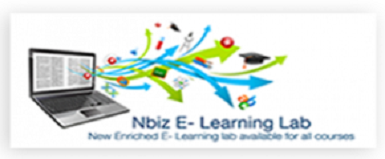ISO 9001:2015 Auditing in Reference to the High Level Structure
Almost one year has passed since the publication of the 5th edition of ISO 9001:2015 standard. The new version was published September 23, 2015 and has adopted the high level structure (based on Annex SL). This high level structure is a set of 10 clauses that all ISO management system standards are required to use.
This high level structure (based on Annex SL) uses identical core texts, common terms and core definitions which are to be in every management system standards and the major clauses are as follows:
1. Scope
2. Normative References
3. Terms and Definitions
4. Context of the Organization
5. Leadership
6. Planning
7. Support
8. Operations
9. Performance Evaluation
10. Improvement
The requirements are nothing new - it’s just that they are written in such a way that is similar to a typical business process, still following the PDCA (Plan-Do-Check-Act) concept and making it more business focused.
Based on personal experience and in opinion, with this structure it will be easier for auditors to classify the findings with respect to the ISO 9001 clauses:
- If there is a concern on the determination of the required inputs for the implementation of the quality management system and for achieving its intended outcome, then it is under Clause 4 – Context of the Organization. This includes the internal and external issues that have an impact on what it is trying to achieve, the scope of the quality management system and the processes needed and their interactions.
- If there is an issue with leadership and commitment from the top management including the quality policy and assigning of roles, responsibilities and authorities (including its communication or cascading down the line), it will be against Clause 5 – Leadership.
- If there is an issue with the risks and opportunities or policies and objectives, they will have to refer to Clause 6 – Planning. This is planning for the quality management system.
- If there is an issue with the support that the organization needs in order to achieve its goals and objectives (or the intended outcome) – such as the provision of resources (may it be human resources, infrastructure, work environment, organizational knowledge and their monitoring), training & competency, communication, awareness and documented information (control of documents and records in the 2008 version), they will have to refer to Clause 7 – Support.
- Everything that involves the implementation of processes and procedures needed to meet product or service requirements, or those that are determined in planning (Clause 6) will be under Clause 8 – Operations. This ranges from the requirements for products and services; design and development of products and services; control of externally provided processes, products and services (or in other words, Purchasing); provision of products and services and control of nonconforming outputs (previously termed as “products” in the 2008 version).
- If there is an issue on the data analysis, monitoring and measurement, internal audit up to the conduct of the management review, then the clause to refer to is Clause 9 – Performance Evaluation.
- Finally, for issues on nonconformities & corrective actions and continual improvement activities, it will be under Clause 10 – Improvement.
This high level structure also will make it easier for auditors to assess integrated management systems as all other Management System Standards (MSS) now have this structure - those that were already been reviewed and revised (such as the ISO 9001:2015 and ISO 14001:2015) and those for future revisions.




 Special Offers
Special Offers
 GET OUR BEST DEALS!
GET OUR BEST DEALS!